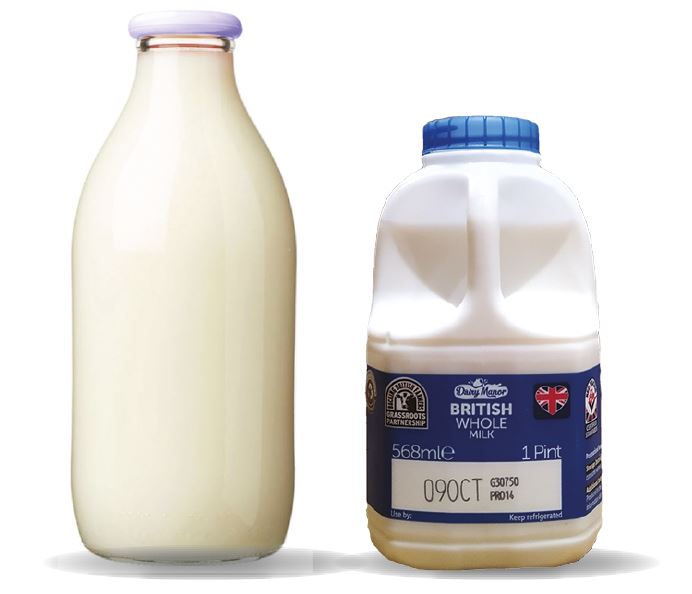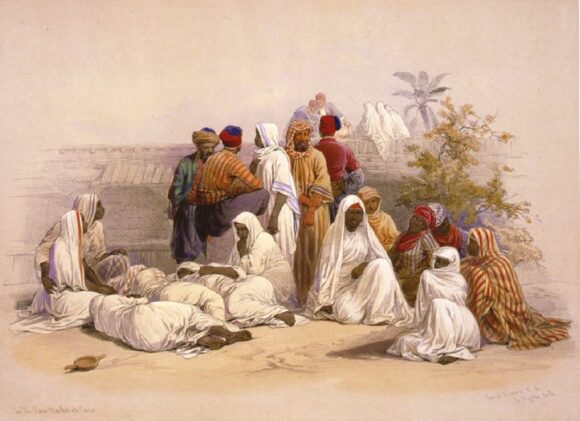WE ARE ALL PRETTY FAMILIAR with ‘price inflation’. Generally the price of an item (a bottle of milk for example) will rise over time. It’s not a universal rule—you can also get periods of stagflation or deflation, but in general prices rise.
You might be surprised to know that inflation has been around for a very long time. It was operating in Bible times. And you might be more surprised to learn that we can use price inflation to check that the Bible narrative is true and accurate. That it was written when it claims to have been written, and that the events fit the period to which they relate.
The Price of Milk
Let me illustrate how this works. Suppose for example I shared with you a newspaper article claiming to have been written in Britain in the 1960s and covering events from that period. In this article it is mentioned in passing that milk cost £1.50 for 2 litres. It would be easy to show that this article was a fake—in this case on three counts. Firstly, in the 1960s decimal coinage had not been introduced into Britain so the price should have been quoted in pounds, shillings and pence. Secondly, at that time Britain was using imperial measures so milk was sold in pints not litres. And thirdly, the price is too high: a pint of milk in Britain actually cost an average of around nine pence in the 1960s. The price of milk in the purported article is very much higher than it should have been.
In the same way we can compare information on prices contained in the Bible with those from other texts and documents from the same era, and check whether they fit with these other external sources. This way we can confirm whether the Bible accounts were indeed written when they claim to have been written.
Silver Shekels
Joseph was sold by his brothers into slavery in Egypt for a price of 20 shekels of silver (Genesis 37:28). That’s around 220 grams. We can check this against contemporary historical accounts. From the laws of Hammurabi, details of real life transactions at Mari in northern Mesopotamia, and other old Babylonian documents, we learn that the average price of a slave in the Middle East around the time of Joseph (1600–1700 bc) was in the range of 15–30 shekels of silver.
Inflation was operating in these times too, and it seems to be the case that before this period slaves were cheaper and afterwards they got steadily dearer. In the 3rd dynasty of Ur (around 2200 to 2000 bc), 10 shekels was the commonest price for a slave. A few hundred years later, around 1300–1500 bc, documents from the Mesopotamian regions of Nuzi and Ugarit show that the regional slave price had risen to around 30 shekels. This fits perfectly with the Bible’s Law of Moses which was written at this period, and according to which 30 shekels was the cost of replacing a slave (Exodus 21:32).
By 1000 bc male slaves in Assyria were fetching 50 to 60 shekels. This sheds light on an episode from the life of Menahem king of Israel (around 750 bc), which is recorded in 2 Kings 15:20. When the king of Assyria invaded Israel Menahem bought him off with a gift of silver, which he paid for by raising a levy of 50 shekels each on the rich men of the land. It seems that each man was required to pay the price of a slave.
So the Bible’s information in each case matches the relevant average for the time period. These are incidental facts and figures, which are irrelevant to the main narrative. If the accounts had been manufactured long after the time in which they were set (as critics of the Bible claim), it is very unlikely that the figures would be accurate. They are further evidence that the Bible gives a true and accurate record of real people and events.
John Bland
This article is adapted from On the reliability of the Old Testament by K. A. Kitchen. published by Wm. B. Eerdmans Publishing Co.



